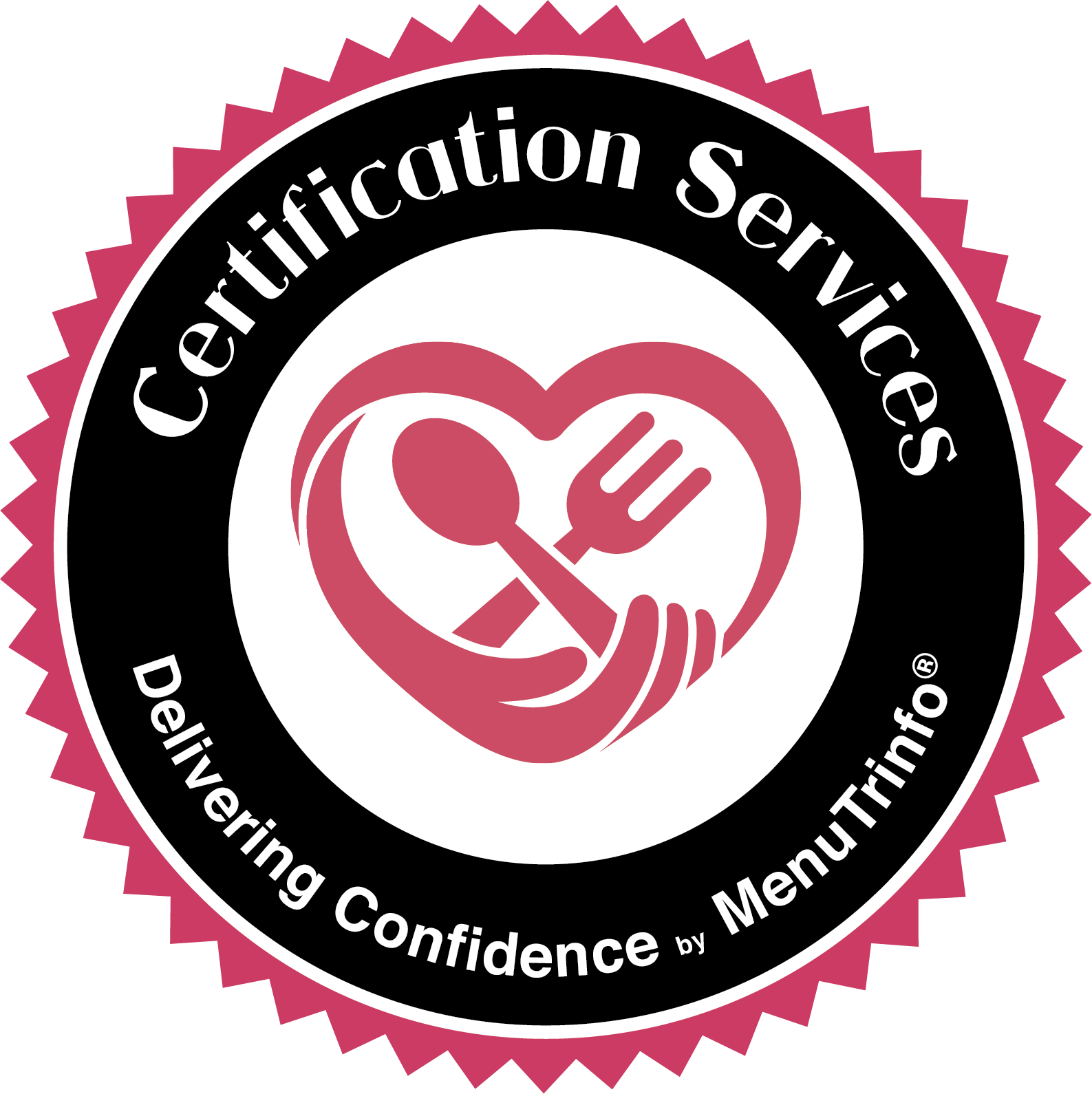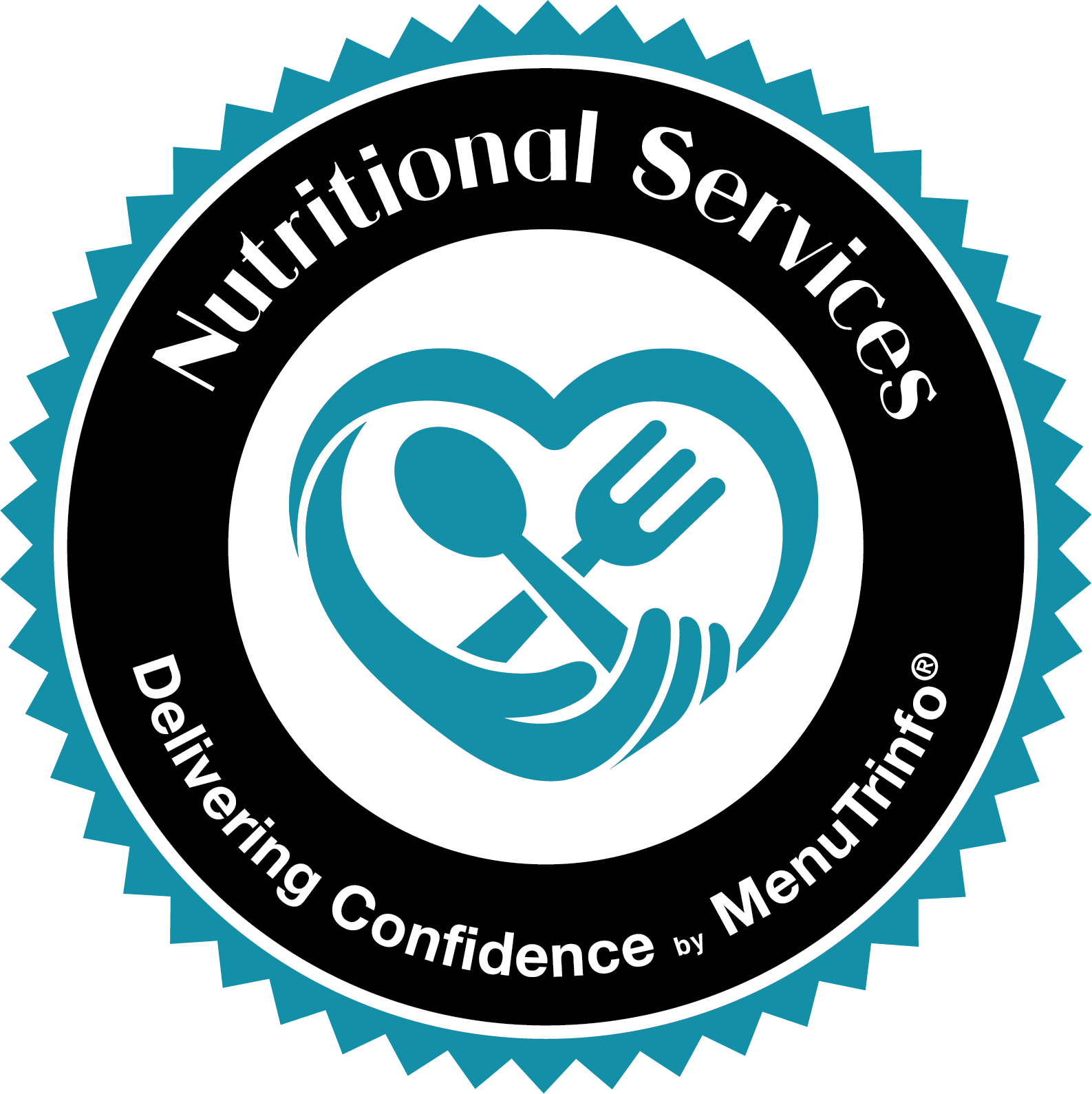With thousands of products on the market, and brands constantly copying each other’s packaging, it’s more confusing than ever to choose what’s truly best for you. We naturally turn to product labels for guidance, assuming they’re regulated and trustworthy. But how much do these labels actually tell us? What information is factual, and what’s just clever marketing? What are companies really required to disclose, and how do they do it?
The simplest way to start unraveling all of this is by understanding the difference between soft claims and substantiated claims on product labels.

What are soft claims?
Soft claims are subjective statements that cannot be validated or tested and are often vague or general. They are unverified and don’t have strong scientific backing or regulatory approval. Soft claims are typically harmless unless they’re directly stating or insinuating health benefits.
A few examples of soft claims include “natural” and “healthy” and you’ve likely seen these dozens of times on each trip to the grocery store. While these are great marketing tools for brands looking to attract buyers, they can sometimes be misleading or unclear. Statements like “made with natural ingredients” can be attractive to a shopper, but without specific, verifiable data, they’re basically just a communications tactic.
What are substantiated claims?
Substantiated claims are specific and verifiable that can be backed up by evidence and data like clinical trials, regulatory approval and through scientific studies. Rather than soft claims which are broad and generic statements, substantiated claims are supported by reliable data.
They often undergo review by regulatory bodies like the FDA or EFSA (European Food Safety Authority) in order to ensure accuracy and truthfulness. These claims are clear and factual and are often required by these regulatory bodies in order to avoid misleading consumers. Examples can include “Clinically proven to reduce blood pressure by 10% after 4 weeks of use” (backed by clinical studies)
Main differences between these types of claims
The key difference between soft claims and substantiated claims is essentially the level of evidence that backs up the statement. Soft claims don’t require any level of regulation or approval by organizations like the FDA or EFSA. They are simply written to help sell a product and lack hard evidence. Substantiated claims are verifiable and therefore help build more consumer trust.
The bottom line is, these claims will continue to show up on products. It’s up to consumers to educate themselves so they can buy safe products, especially those affected by food allergies.

Why Certified Free From® products matter, especially for those with food allergies
Labels that say “peanut-free” or “soy-free” may make you feel confident that what you are purchasing is safe, but many of these claims are completely voluntary and not regulated. If you have life-threatening food allergies and are looking to purchase food that is safe to consume, it’s important to know that “May contain” and “Made in the same facility as” labels are not required by law and cross-contact risks are not always disclosed.
In fact, a brand can label a product “dairy-free” even if it’s made in a facility with dairy. They can do this because as long as the ingredients don’t contain dairy, they aren’t required to disclose cross-contact and therefore can still label it “dairy-free”. When it comes to food allergies, a “soft claim” isn’t enough.
The best way to ensure the product you want to buy is safe for you to consume is to look for the Certified Free From® (CFF) seal from MenuTrinfo®. CFF is a substantiated claim, which means we are ensuring the product is 100% safe for your food allergy. In order for this to be displayed on packaging, the brand is required to undergo third party audits, regular testing and strict manufacturing controls.
Know a brand or product that you would love to see certified? Send them our way! HERE



